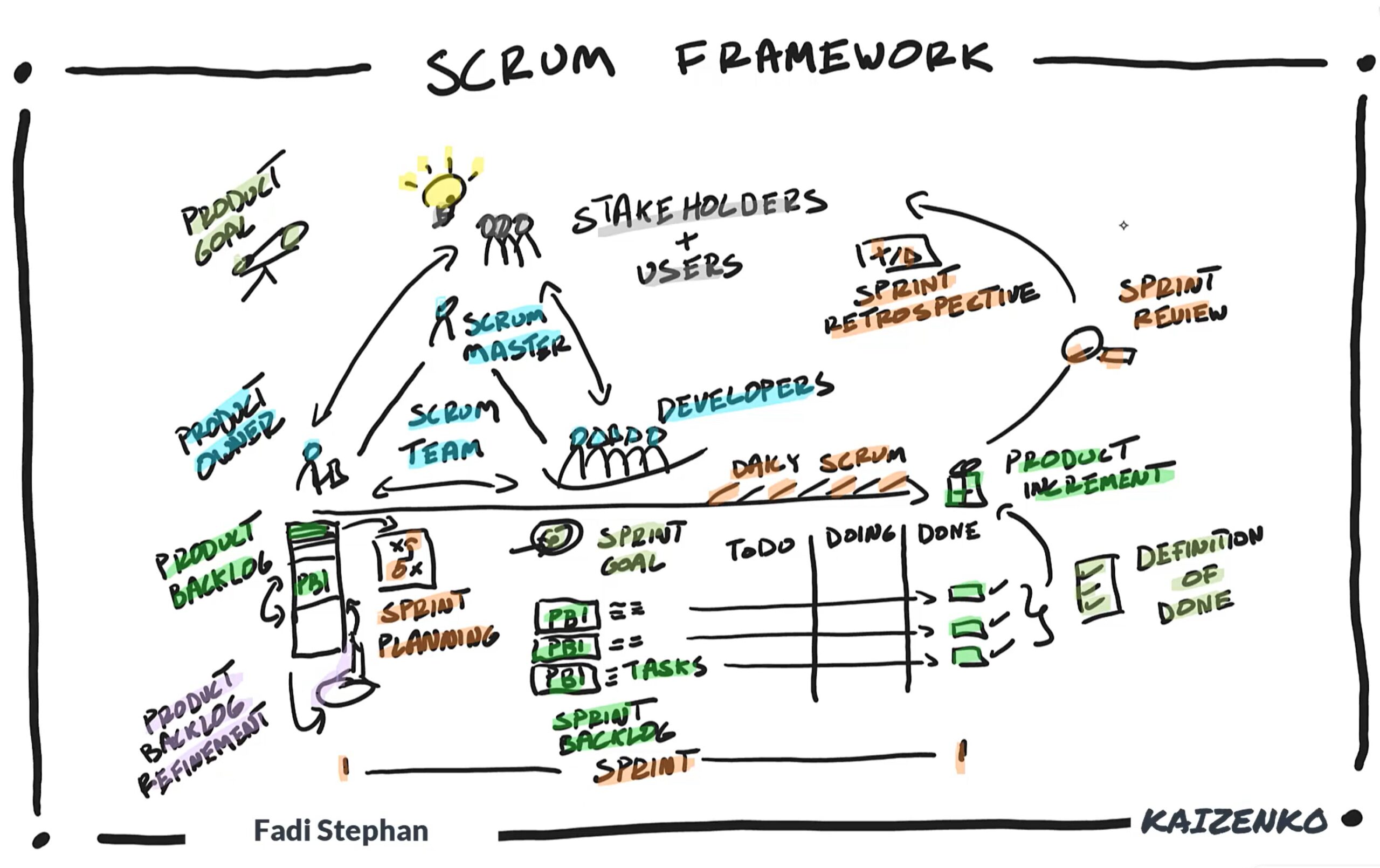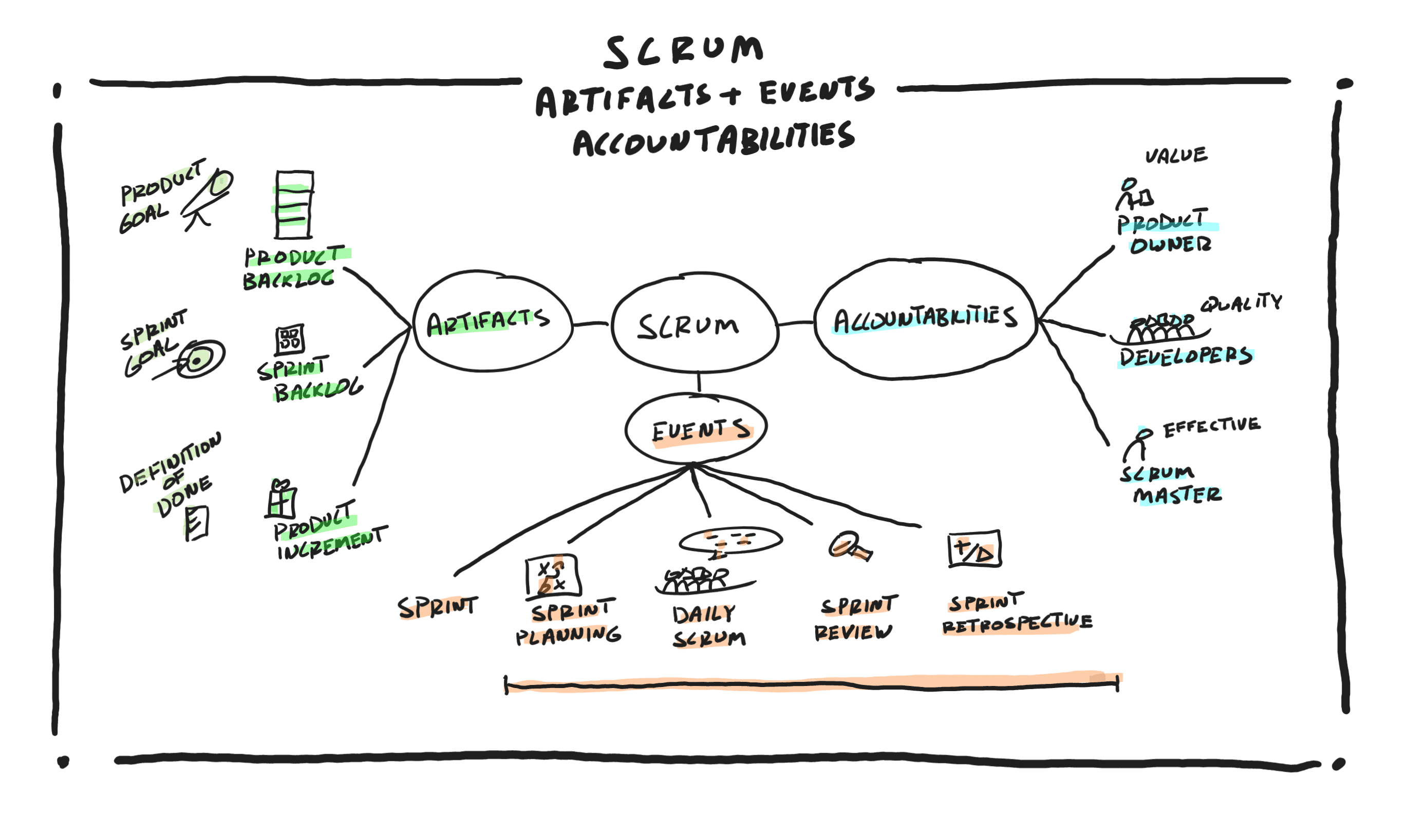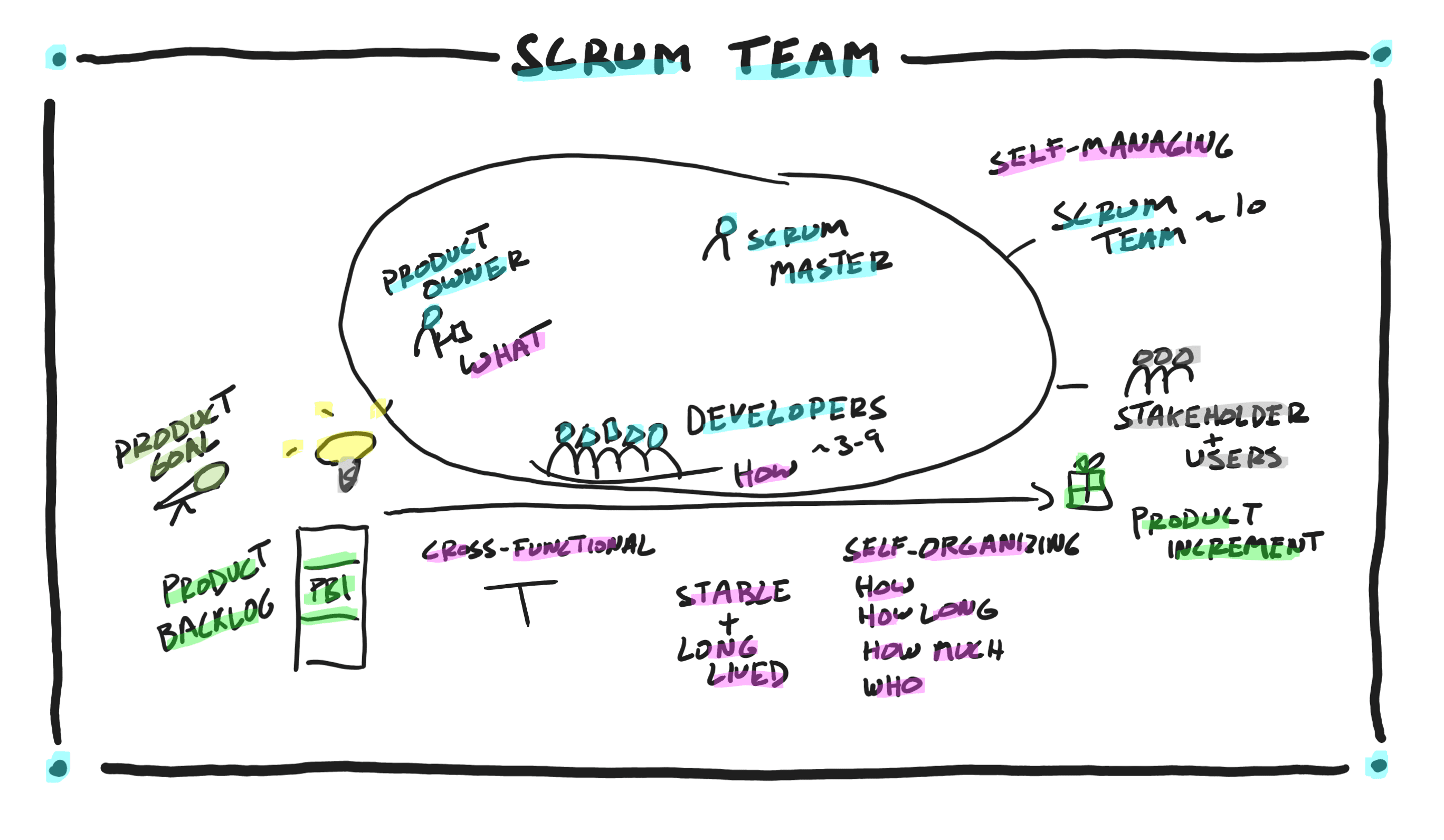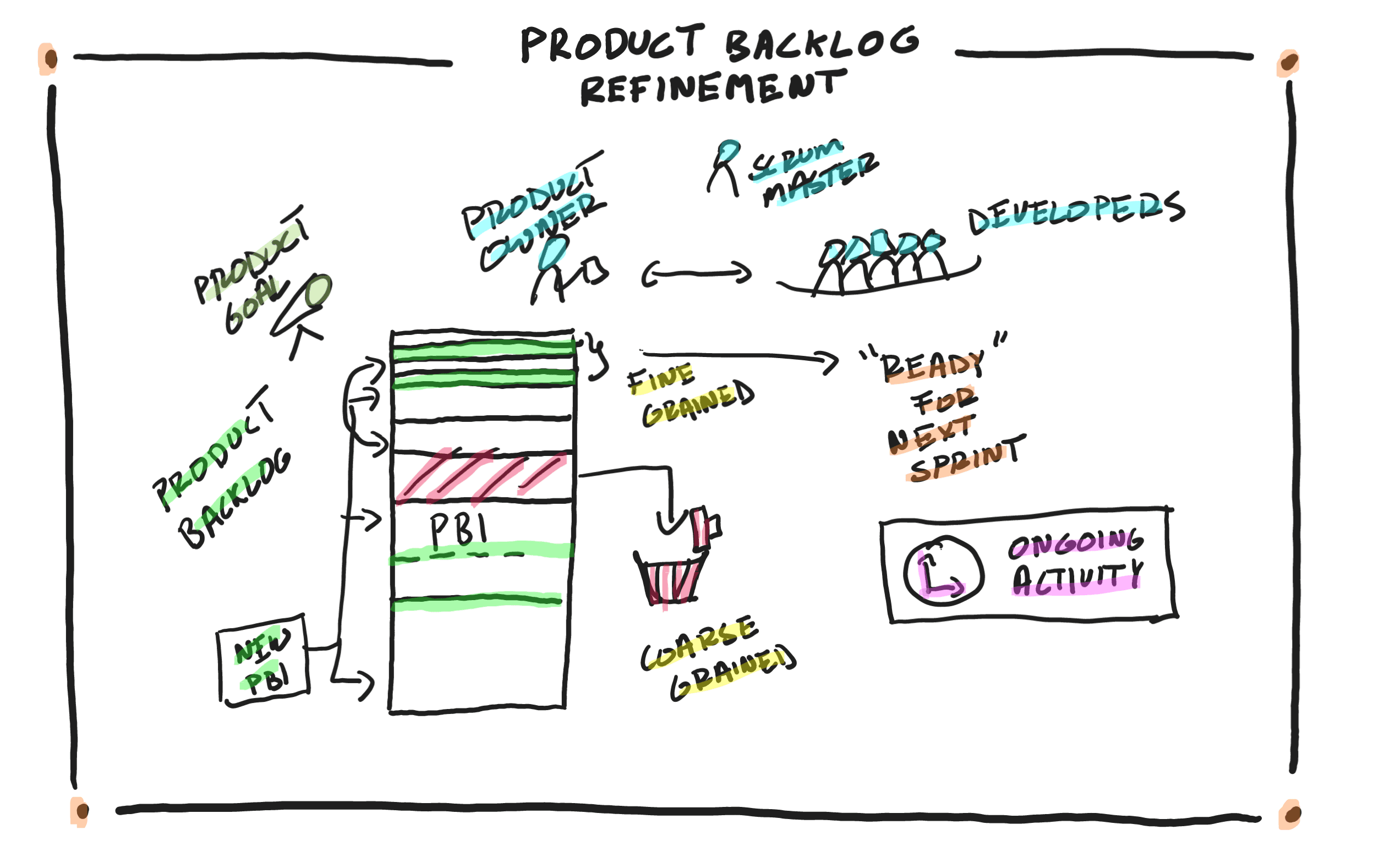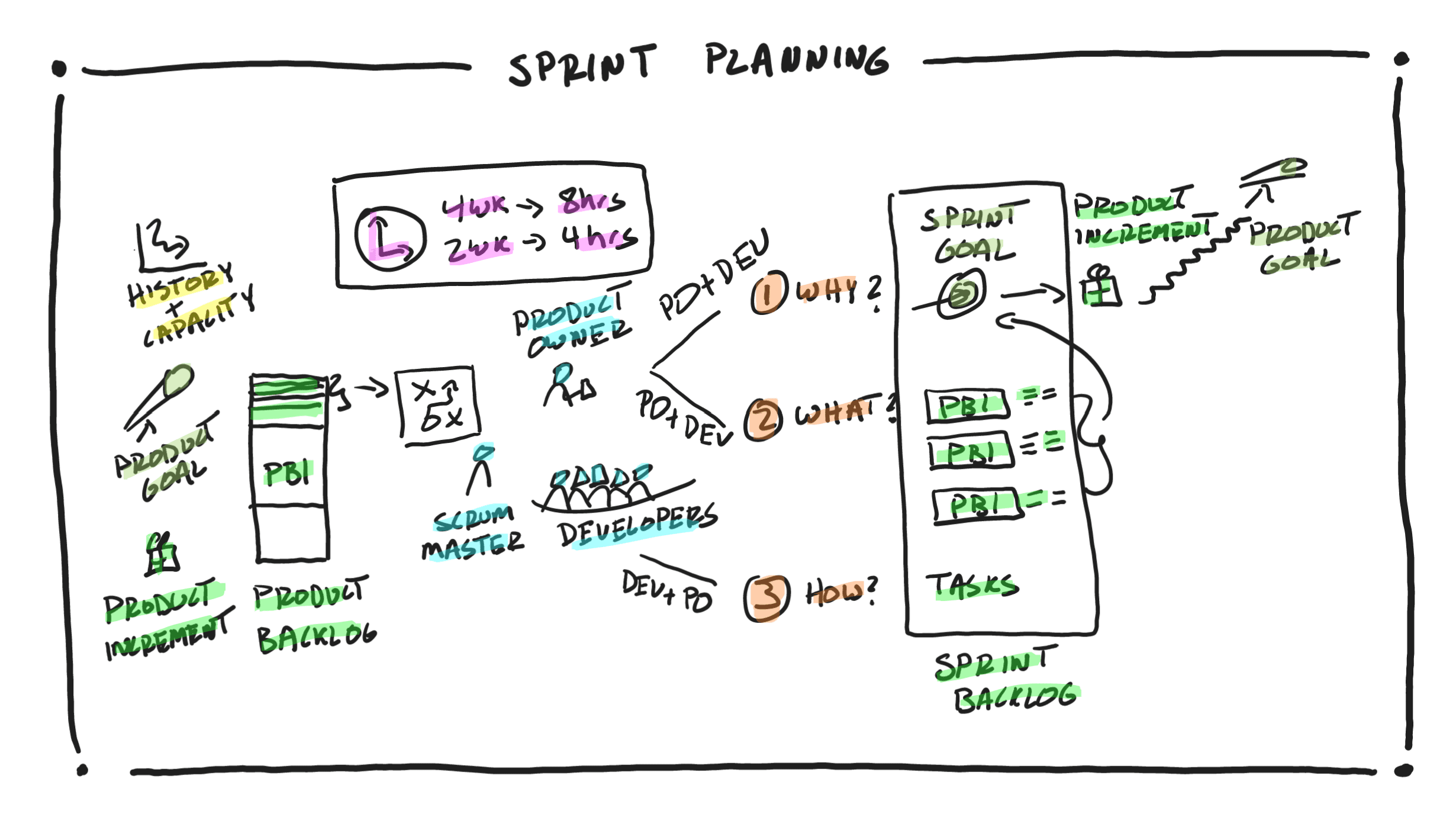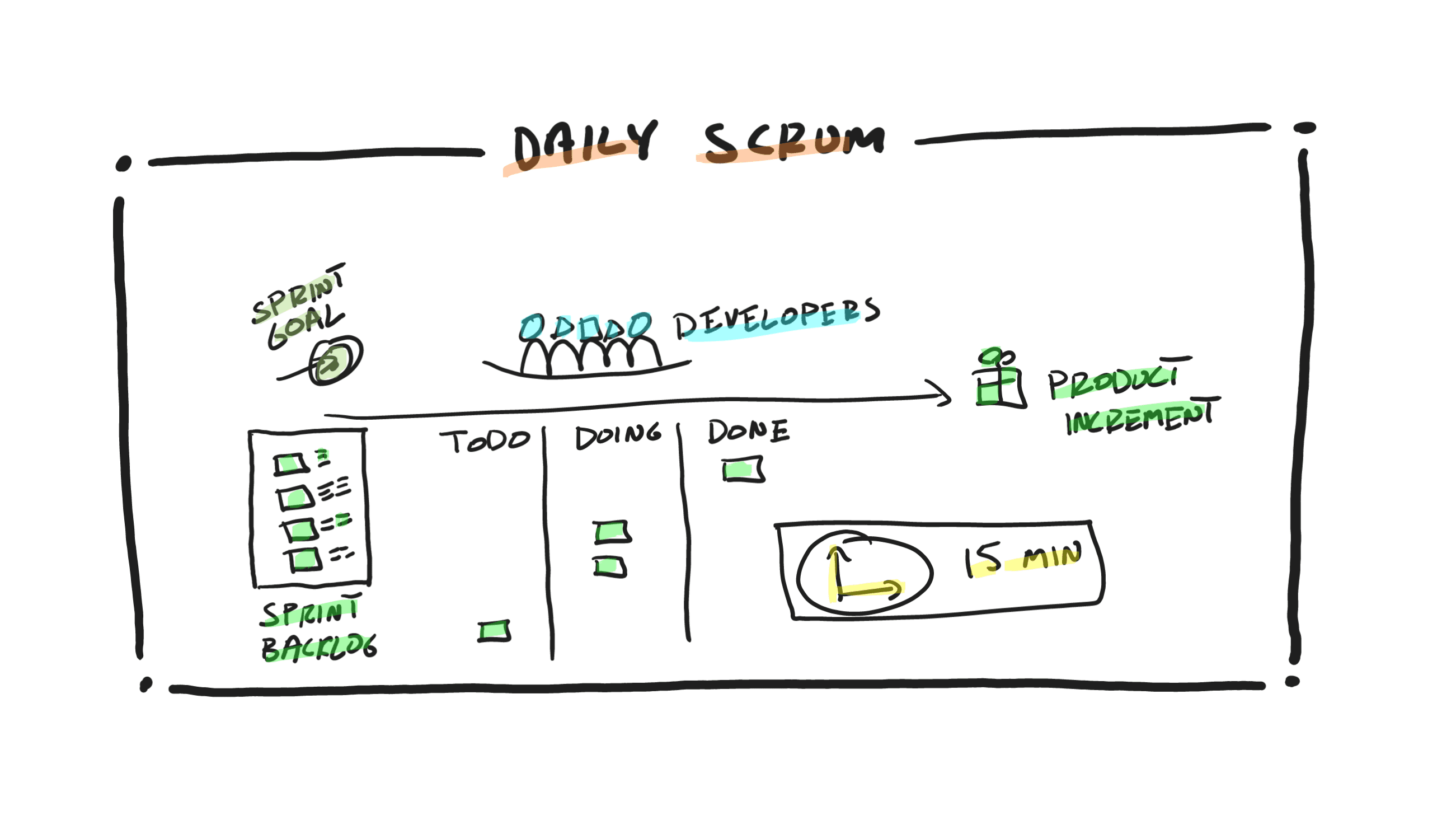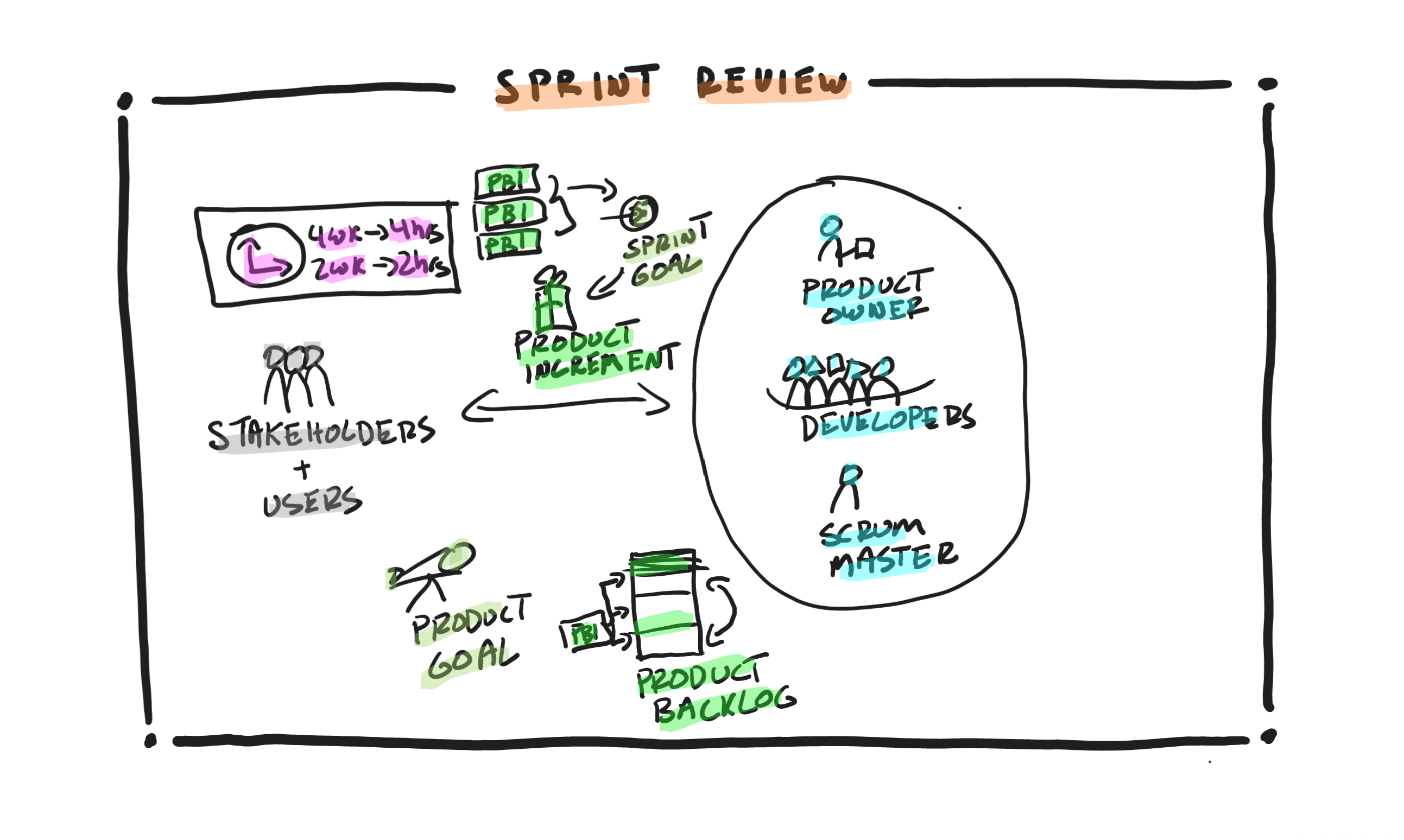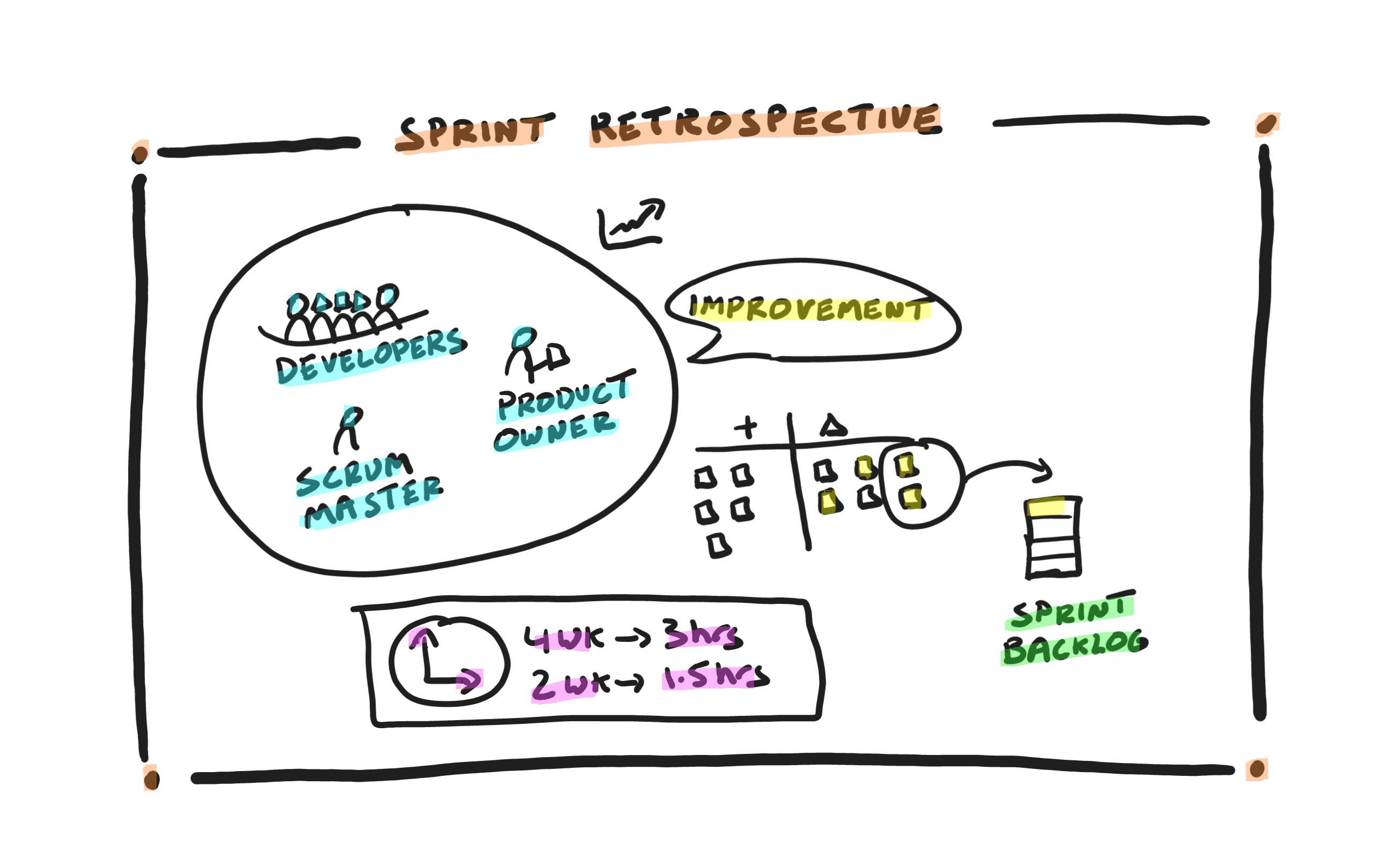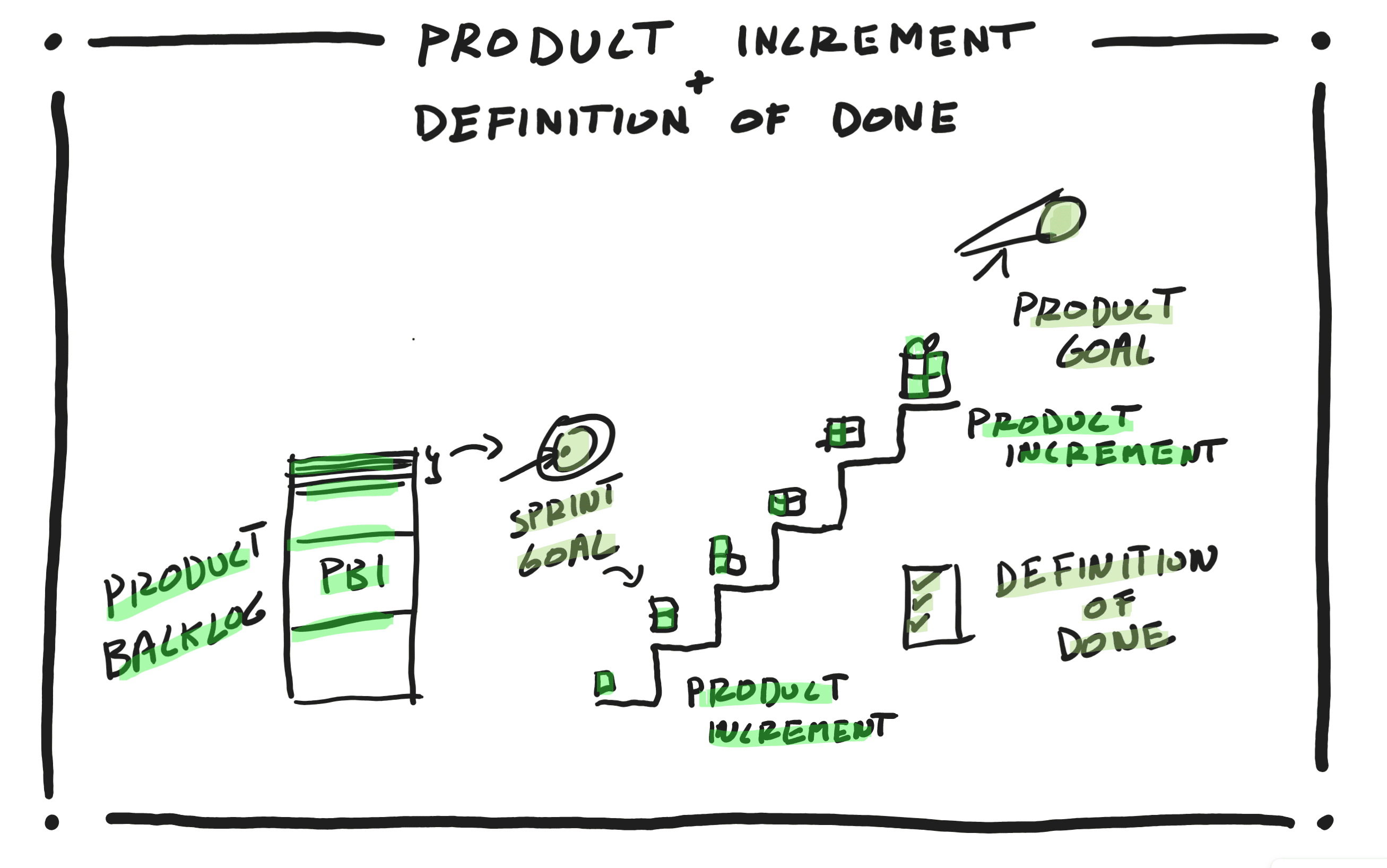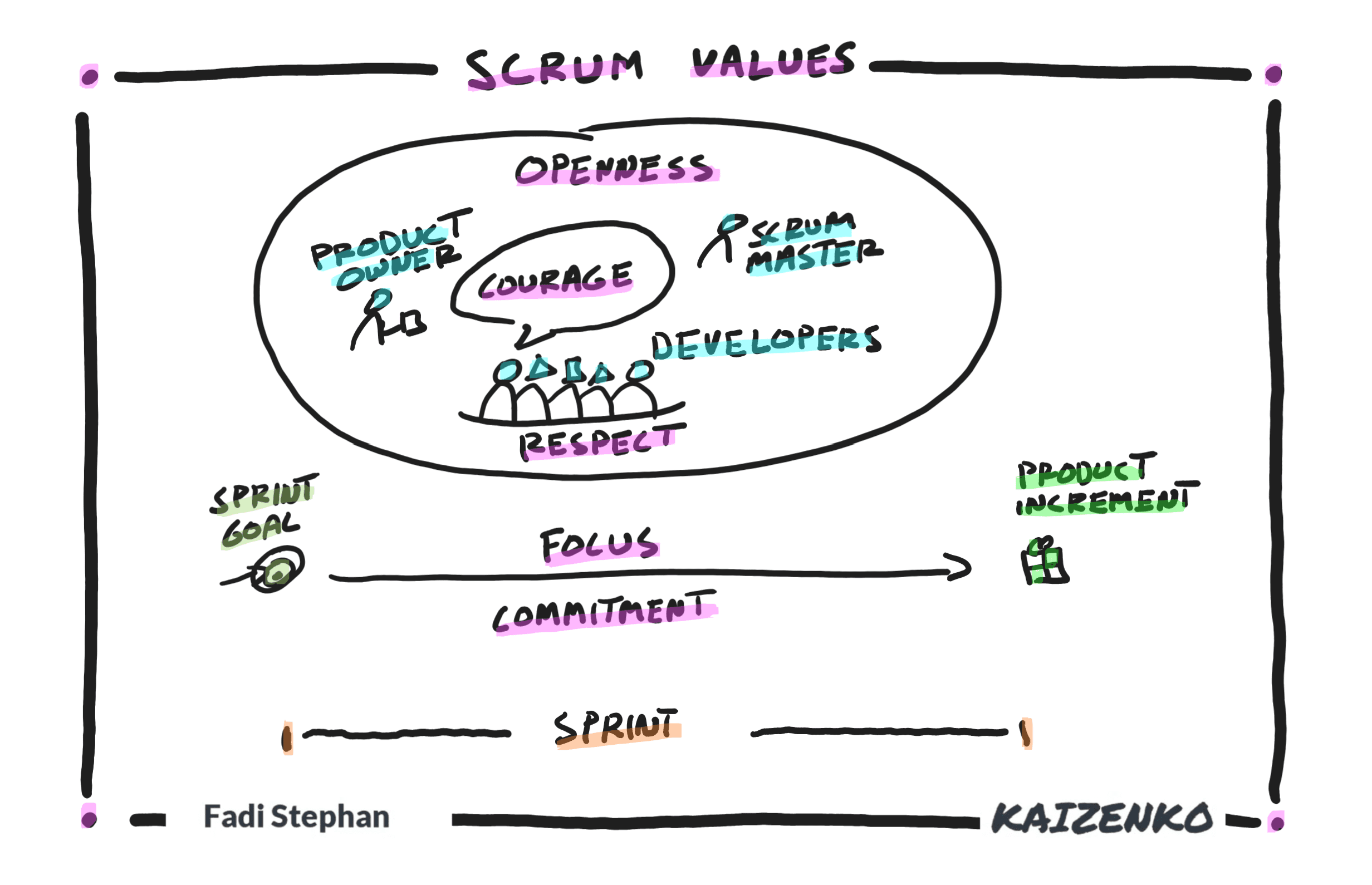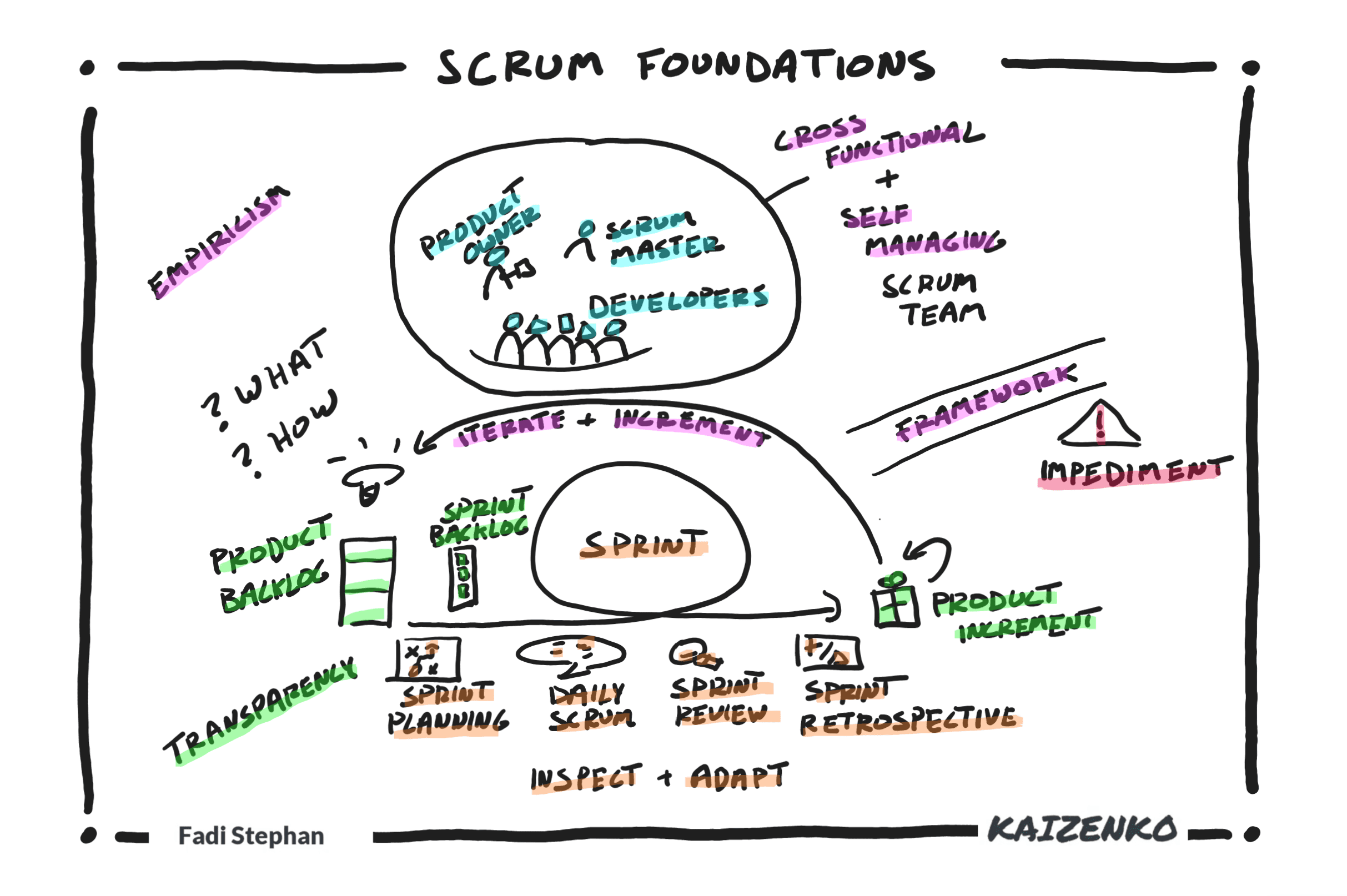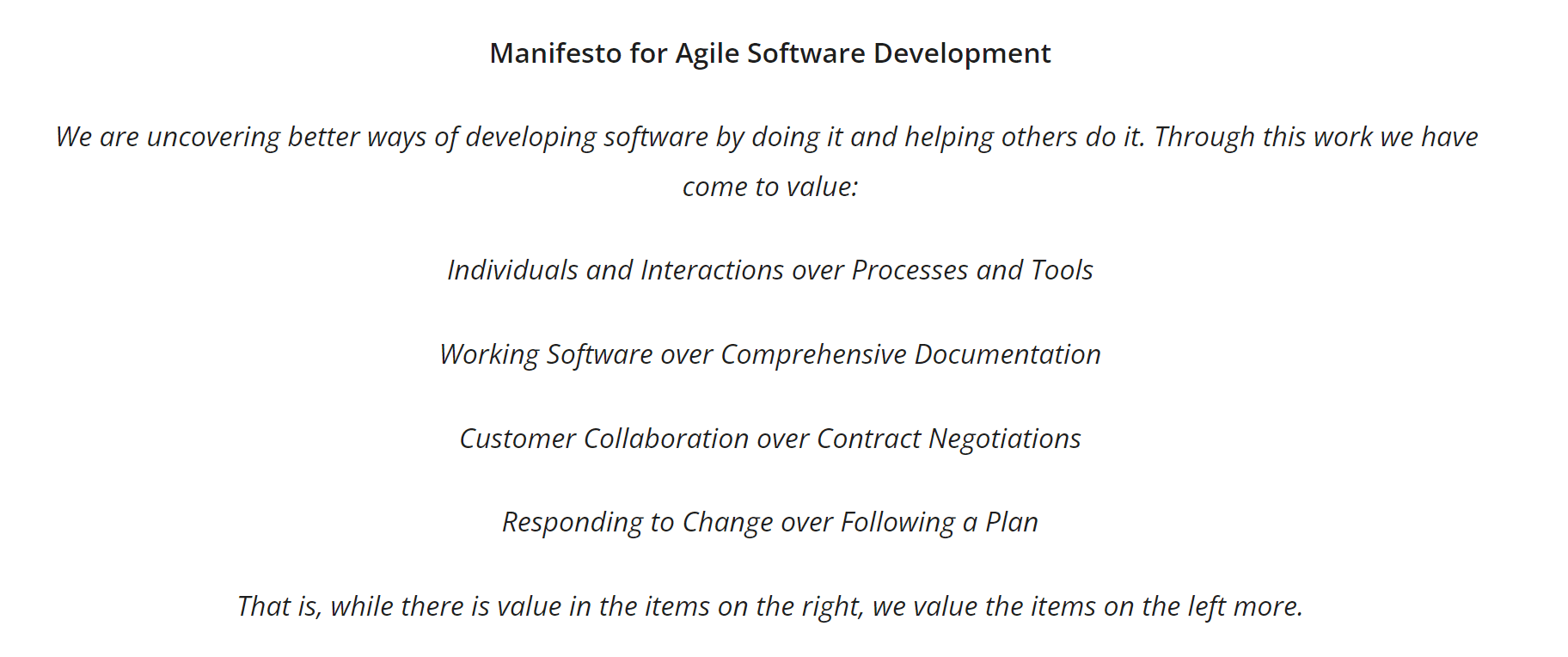Scrum is a Nutshell is an introduction to Scrum fundamentals covering Scrum theory, accountabilities, events, and artifacts. The series meets the Scrum Alliance® Scrum Foundations learning objectives below:
Scrum Theory
1.1. describe how Scrum is aligned with the values and principles of the Manifesto for Agile Software
Development.
1.2. define Scrum and describe its purpose.
1.3. list the five core Scrum values.
1.4. define empirical process control and list the three pillars.
1.5. explain how product planning in an empirical environment differs from traditional fixed planning.
1.6. describe at least two benefits that could be lost if Scrum is only partially implemented.
1.7. describe the benefits of an iterative and incremental approach.
The Scrum Roles
2.1. illustrate how the Scrum Roles interact with each other to deliver the increment within a Sprint.
2.2. define a cross-functional team and identify at least three benefits of a cross-functional, self-organizing team.
Scrum Events
3.1. explain at least three benefits of timeboxing.
3.2. list the five events within Scrum, define the purpose of each event, and identify the participants, timing, and maximum recommended timebox.
Scrum Artifacts
4.1. list the three artifacts within Scrum and define the purpose of each.
4.2. explain the definition of “Done,” its purpose, and how it evolves over time.
4.3. identify at least two reasons why the Scrum Team dedicates time for Product Backlog Refinement.
4.4. list at least three activities that may occur as part of Product Backlog Refinement.
Scrum in a Nutshell
Scrum is a framework for developing, delivering, and sustaining complex products. It all starts out with our stakeholders, customers, and users that have an idea about a product they need and want developed. They collaborate directly with Developers to turn this idea into reality. Developers in Scrum are not just programmers. They are part of…
Scrum Accountabilities, Artifacts, and Events in a Nutshell
In Scrum, there are 3 accountabilities, 3 artifacts, and 5 events. The 3 accountabilities in Scrum are: The 3 artifacts in Scrum are: The 5 events in Scrum are: And that’s the Scrum Framework as defined by
Scrum Team in a Nutshell
The Scrum team consists of 3 accountabilities, Developers, Product Owner, and Scrum Master. Developers are accountable for building and delivering a quality working Product Increment at the end of each Sprint. They are a small group, typically 3 to 9 members that are cross-functional and self-organizing. Developers are cross-functional to remove bottlenecks and dependencies. Developers…
Product Backlog Refinement in a Nutshell
The Product Backlog is an ordered list of hypotheses, requirements, features, enhancements, or Product Backlog Items that help the team accomplish the Product Goal. The Product Backlog is the team’s single source of work. Meaning, anything the Developers are working on should be coming from the Product Backlog. There are no side requests. Any work…
Sprint Planning in a Nutshell
In Scrum, the Sprint starts with Sprint Planning where the Scrum team plans out their work for the Sprint and creates a Sprint Backlog. The Sprint Backlog is the team’s plan to accomplish the work. Sprint planning is timeboxed to 2 hours per week of Sprint, so for a 2-week Sprint it is one event…
Daily Scrum in a Nutshell
The Daily Scrum is a brief daily planning event by the Developers to inspect their work and the progress they are making toward the Sprint Goal that will result in a Product Increment. The Developers created their Sprint plan or Sprint Backlog in Sprint Planning at the beginning of the Sprint. However, this plan is…
Sprint Review in a Nutshell
The Sprint Review is a working session for the stakeholders, users, and customers to collaborate with the Scrum team which includes the Developers, Product Owner, and Scrum Master, and inspect the progress made toward the Product Goal based on the latest Product Increment. The Sprint Review is about getting feedback from the stakeholders and users…
Sprint Retrospective in a Nutshell
The Sprint Retrospective is a reflection event that occurs at the end of each Sprint. It is for the entire Scrum team which includes the Product Owner, Developers, and ScrumMaster to inspect how they are operating and then come up with a continuous improvement plan to adapt and become more effective as a team and…
Product Increment and the Definition of Done in a Nutshell
The Product Increment is the output of every Sprint and is an increment that brings the team one step closer to the overall Product Goal. This means that each Sprint is focused on a cohesive set of Product Backlog Items that meet a Sprint Goal and not random unrelated items. Once a Sprint starts and…
Scrum Values in a Nutshell
For teams to succeed with Scrum, team members must become proficient in living the 5 Scrum values of commitment, focus, openness, respect, and courage. Commitment: In Scrum, the team commits to each other, not to other people, but to each other, on supporting each other to deliver on the Sprint Goal and Product Goal. Focus:…
Scrum Foundations and Theory in a Nutshell
Scrum is a framework for solving complex adaptive problems with high levels of unknowns, uncertainties, or risks around what to build or how to build it. Scrum involves a cross-functional and self-managing Scrum team that uses empiricism to build products iteratively and incrementally to reduce risk and deliver early and often. The Scrum team uses…
Scrum and the Manifesto for Agile Software Development
Back in February 2001, at the lodge in Snowbird Utah, 17 thought leaders from the software industry got together to discuss the state of software development and compare various lightweight frameworks that popped up in the late 90s because of dissatisfaction with the traditional waterfall approach to building products. The participants shared and learned about…
